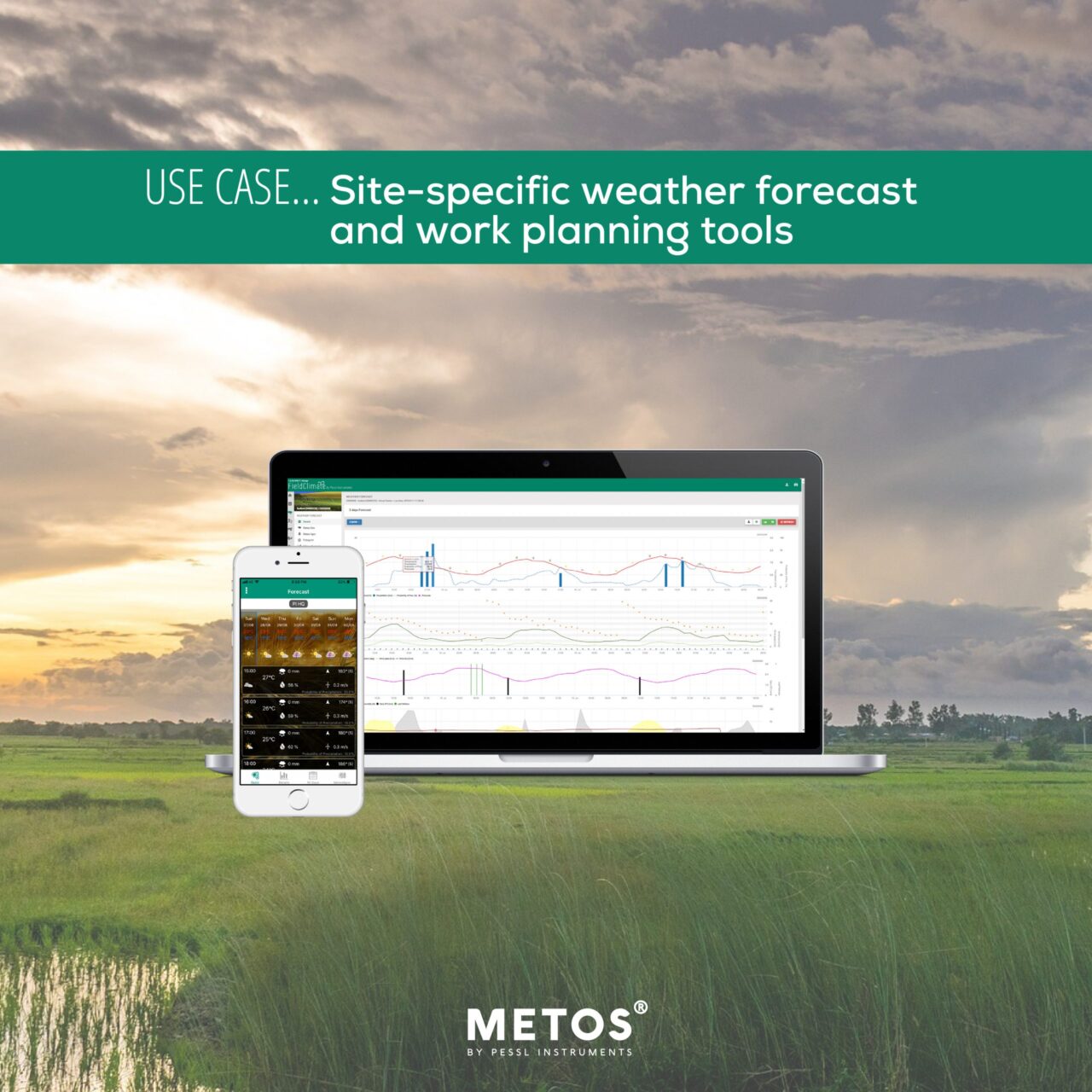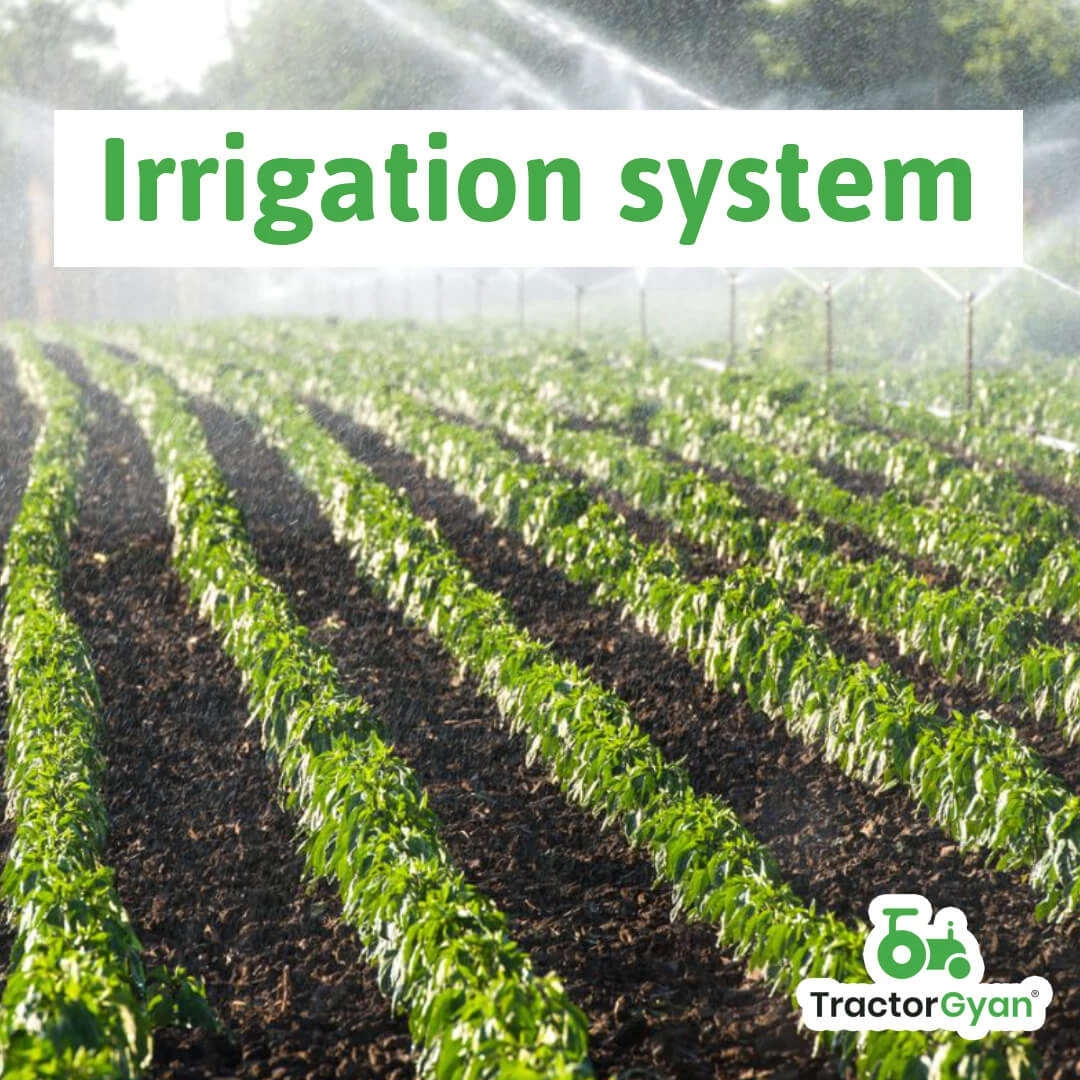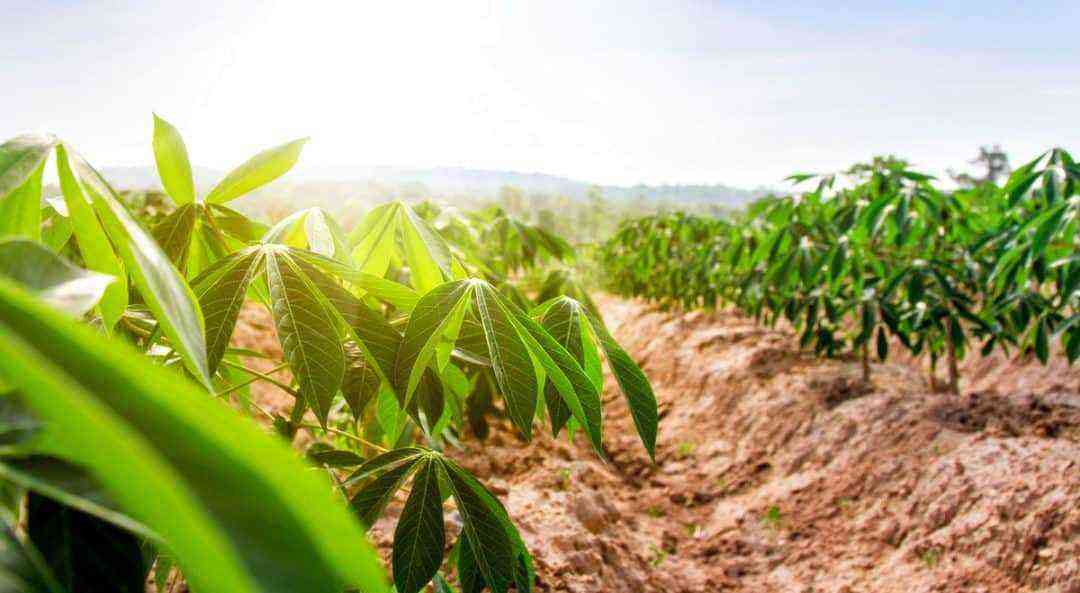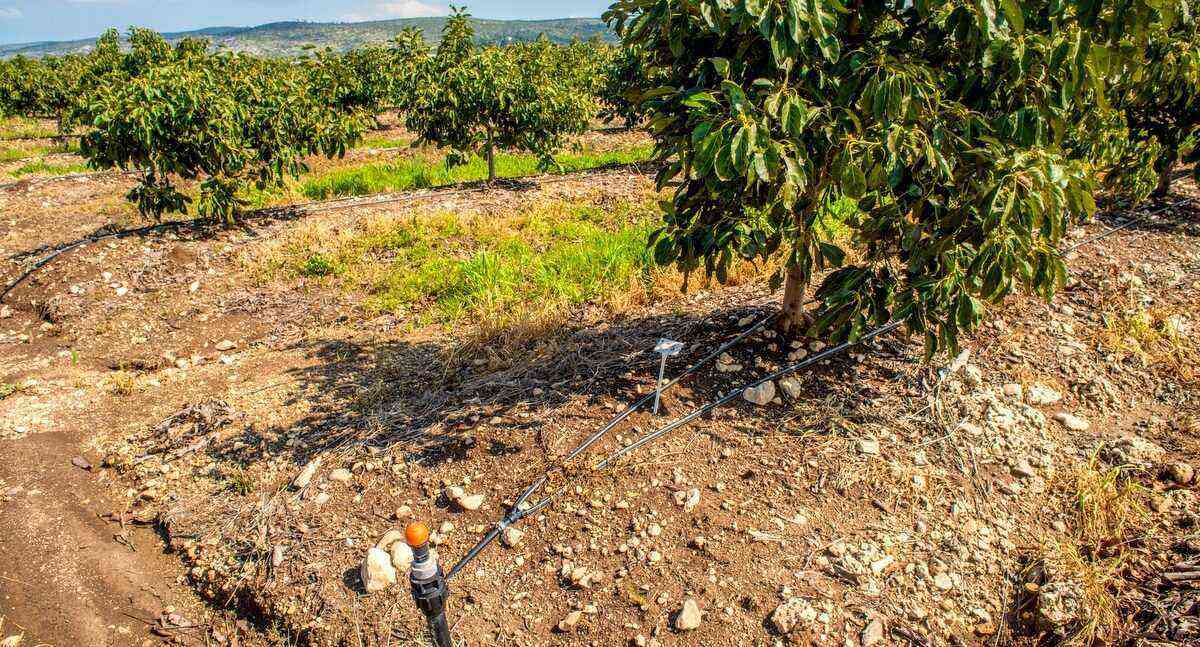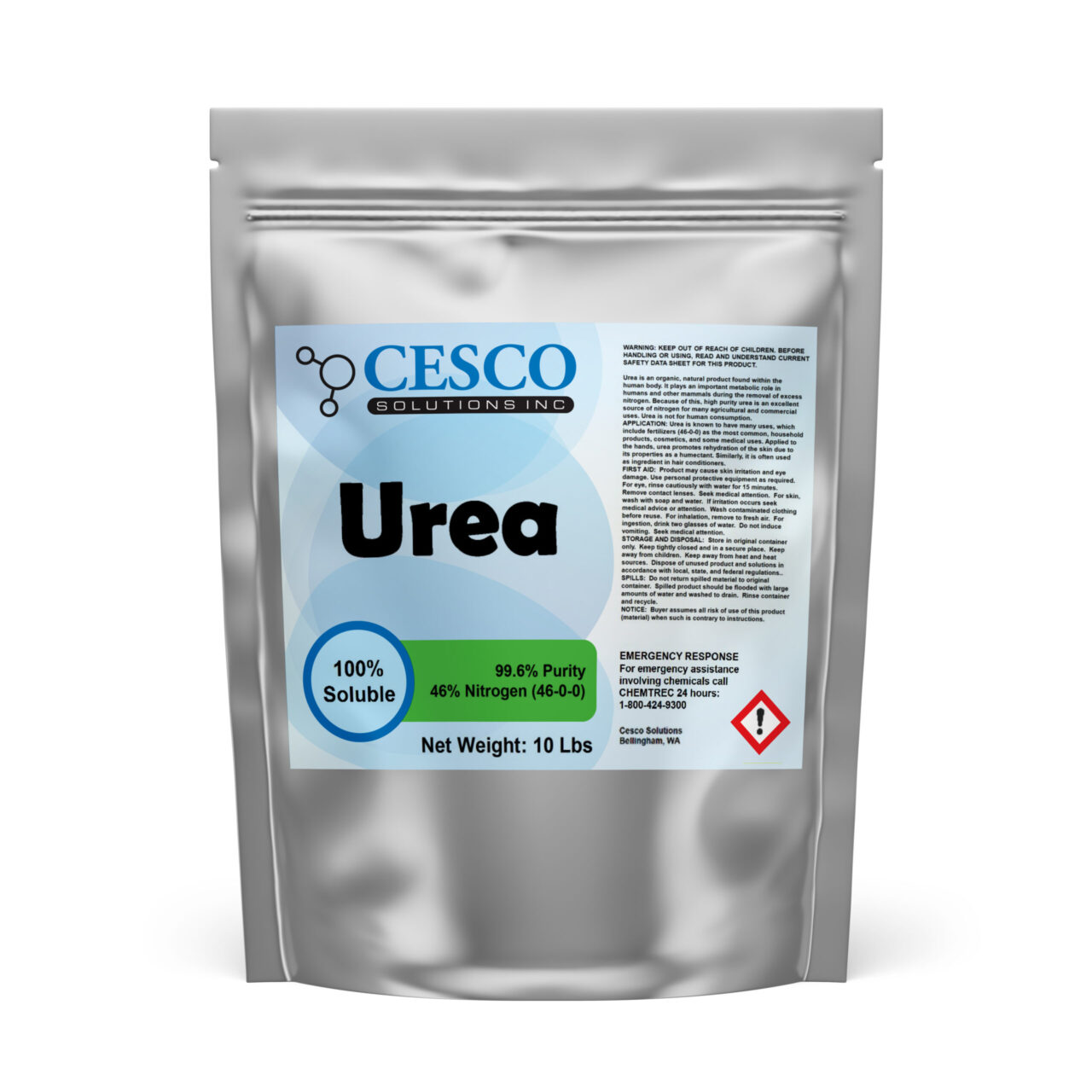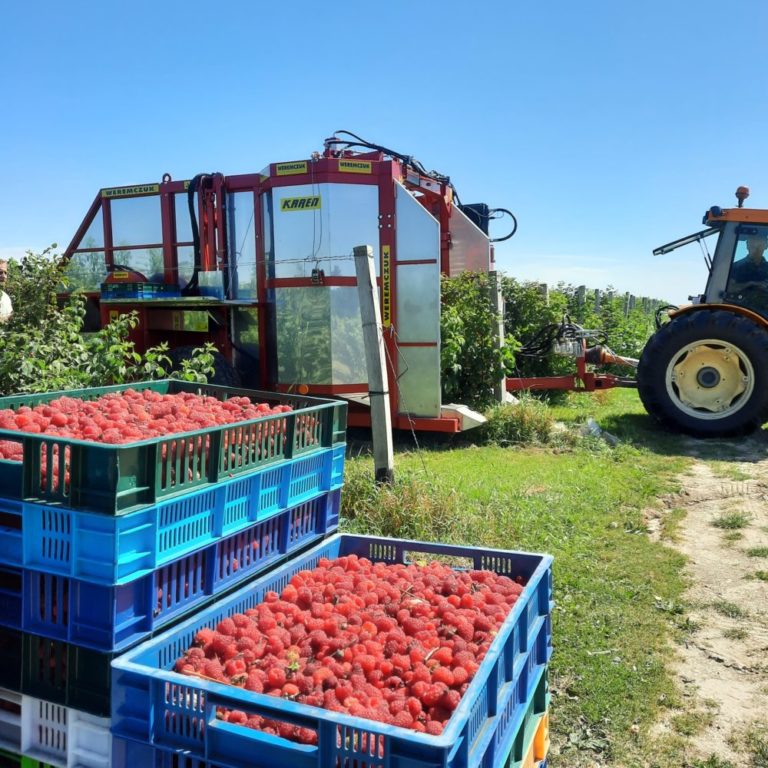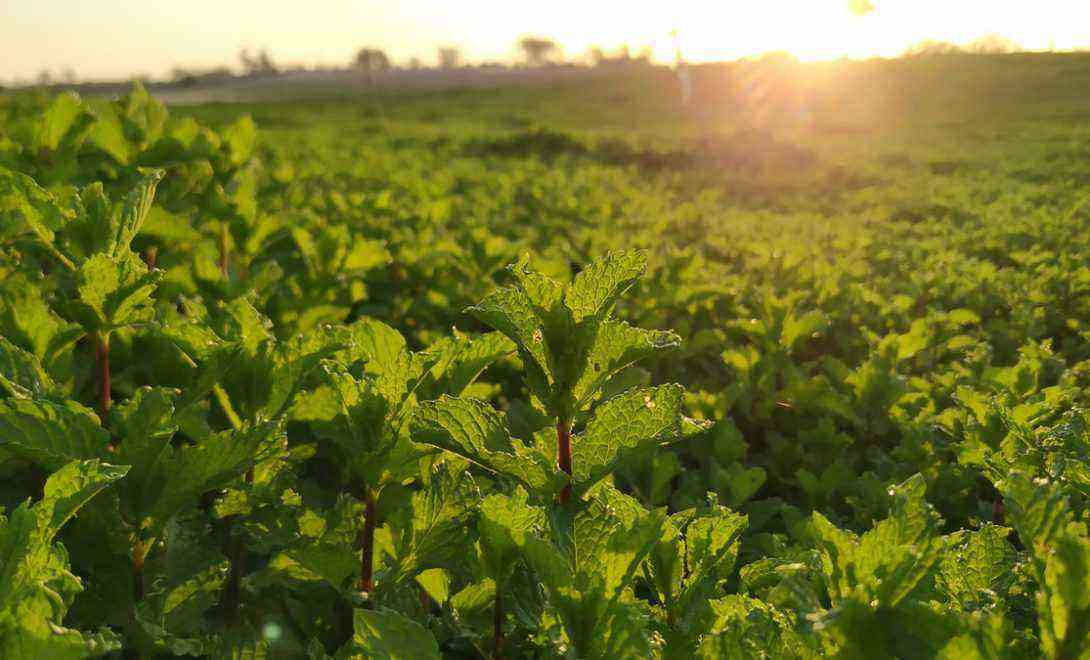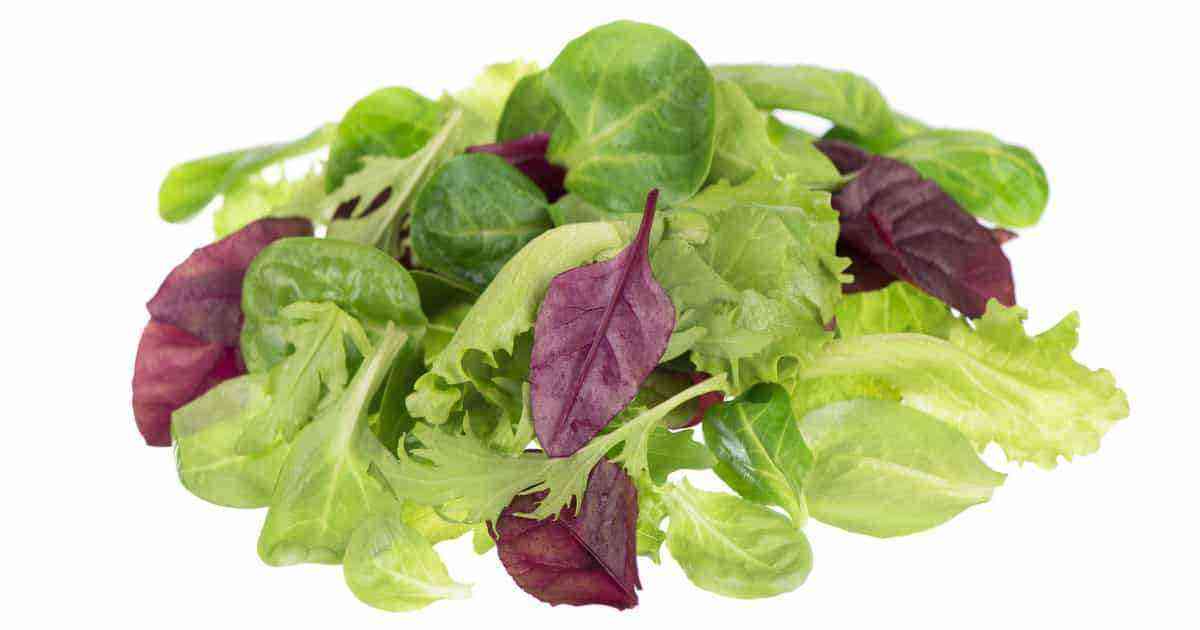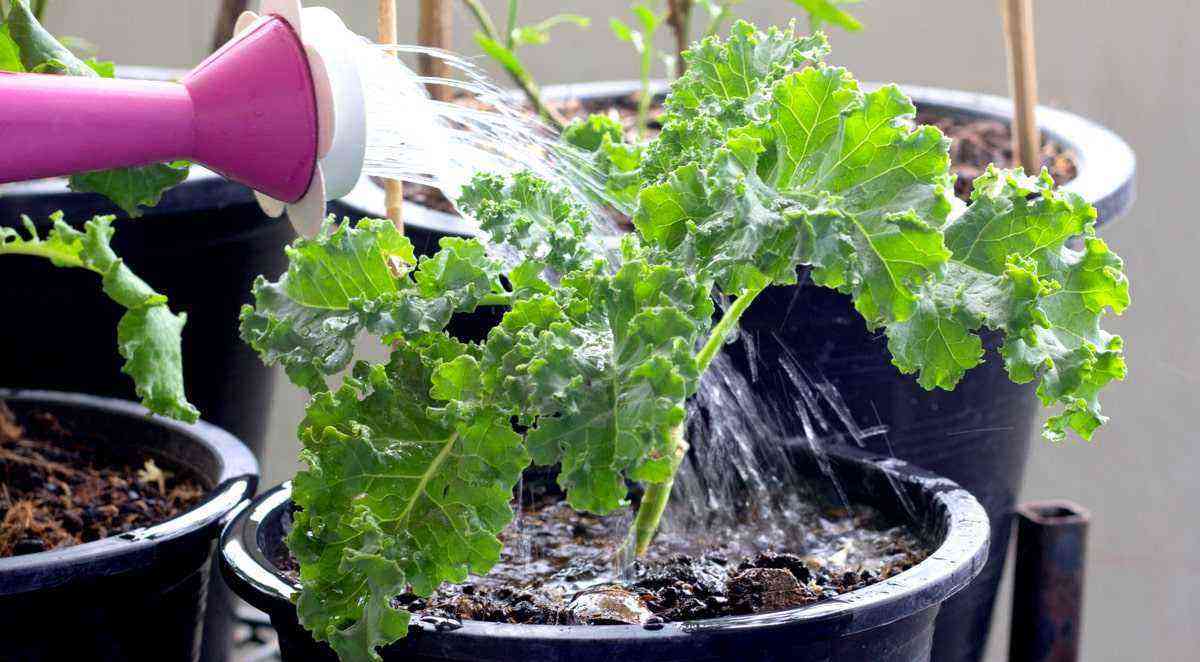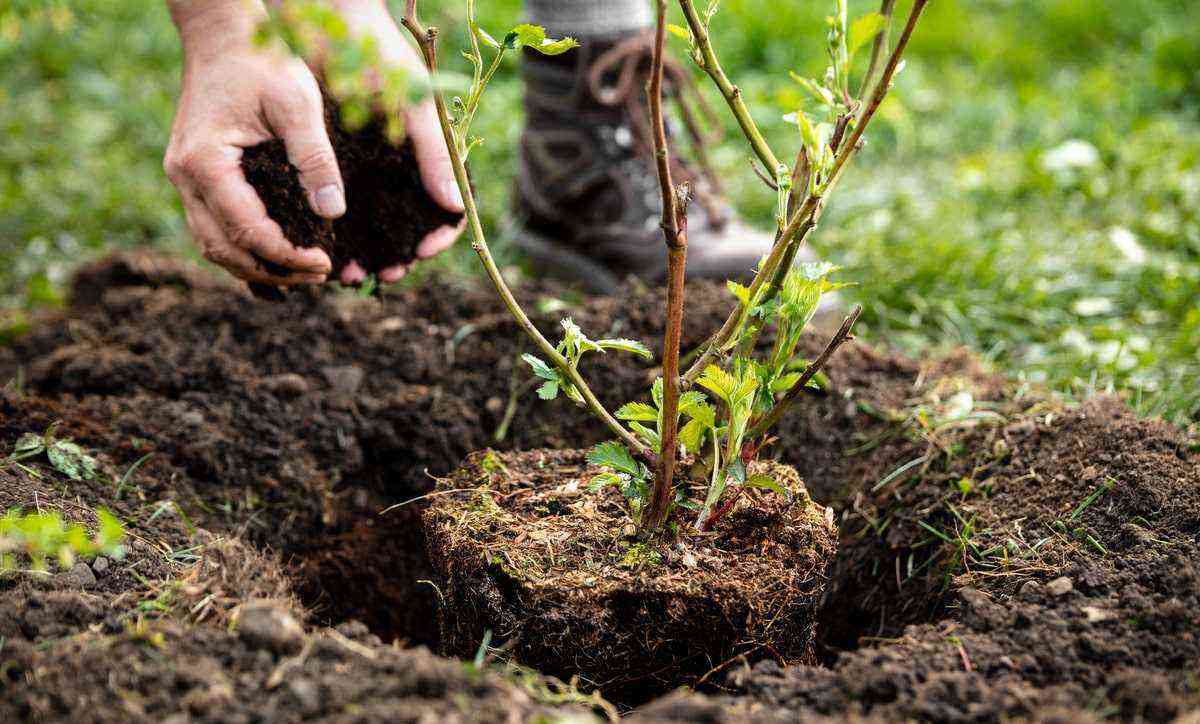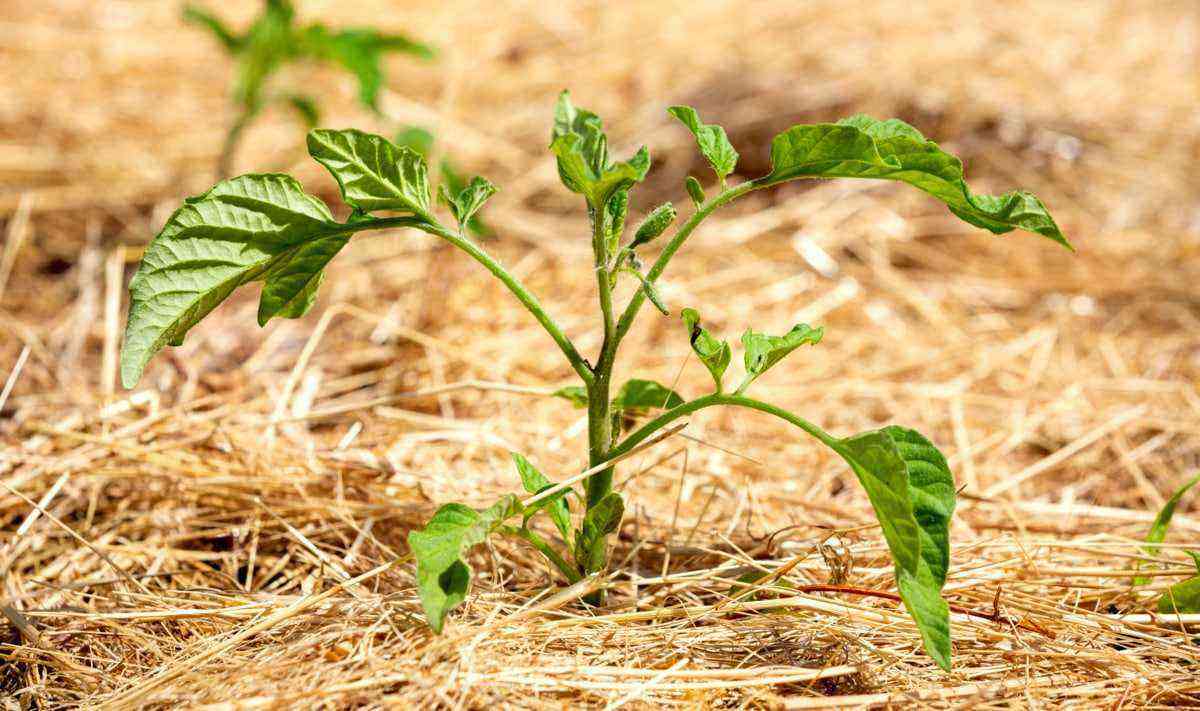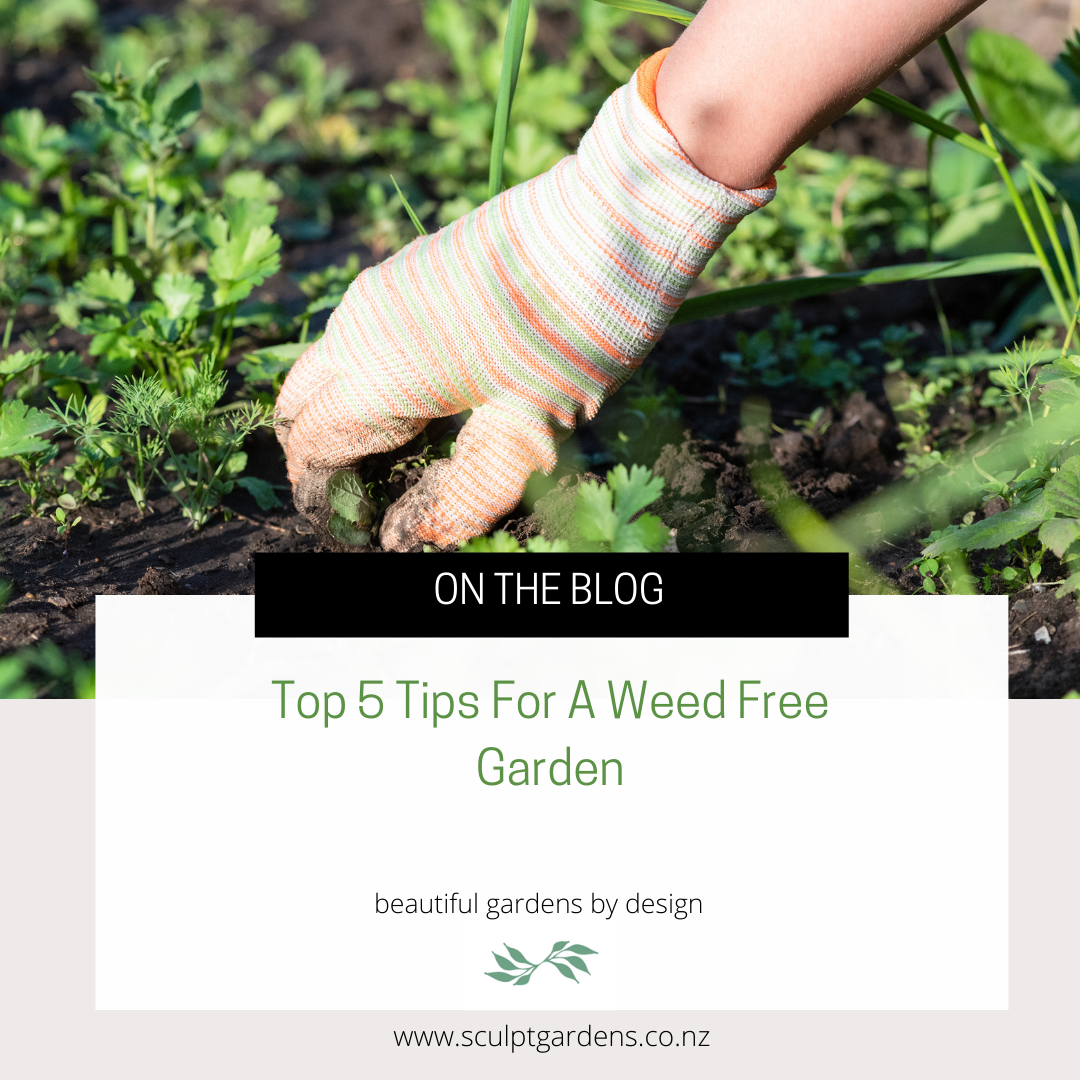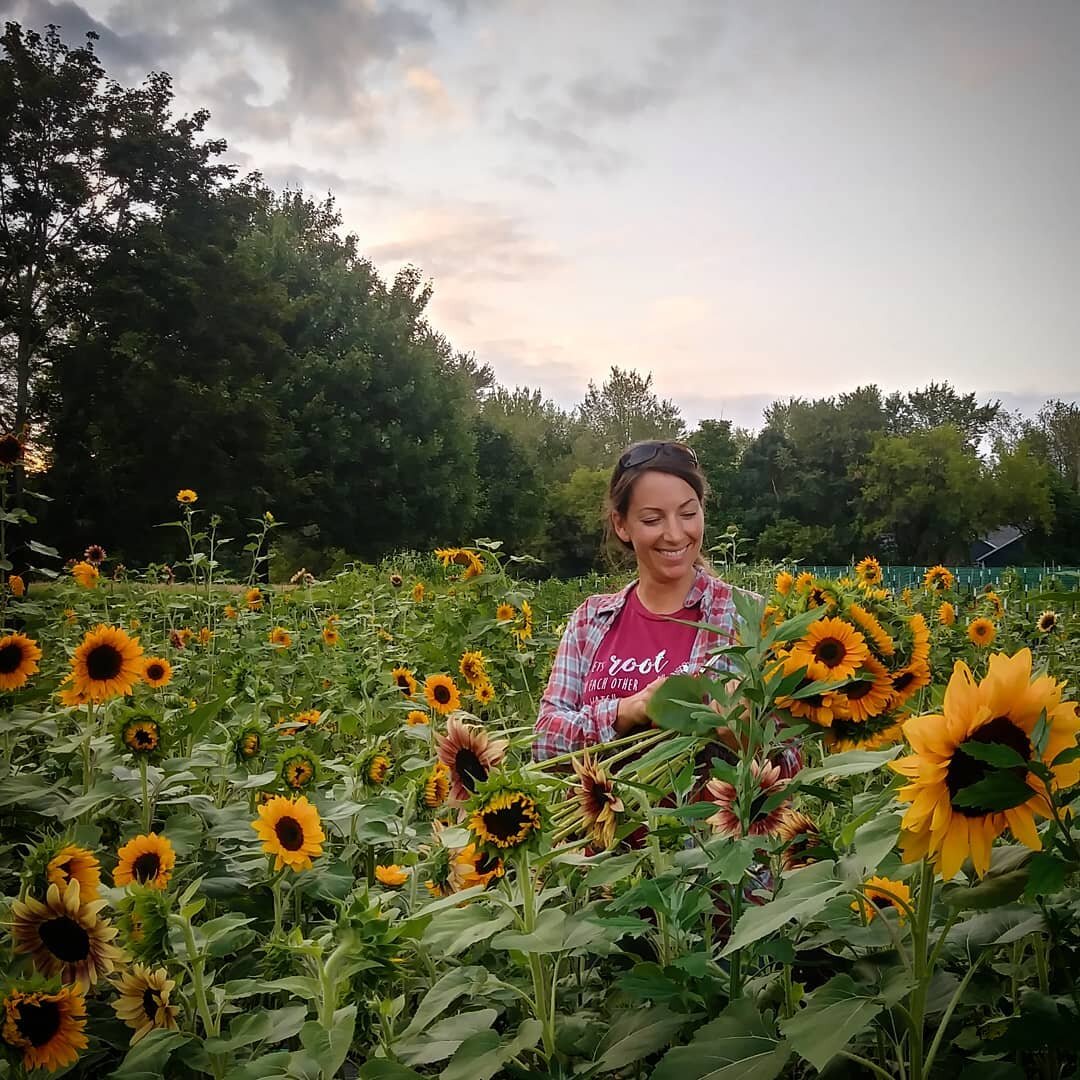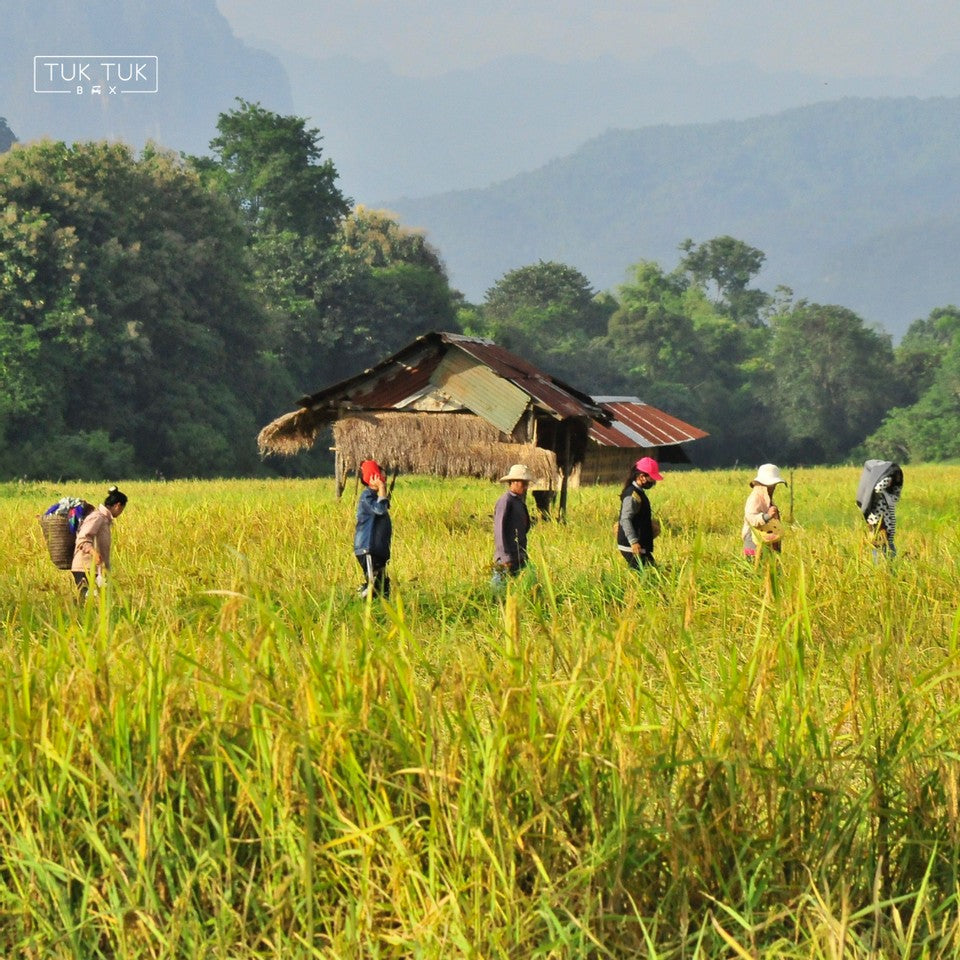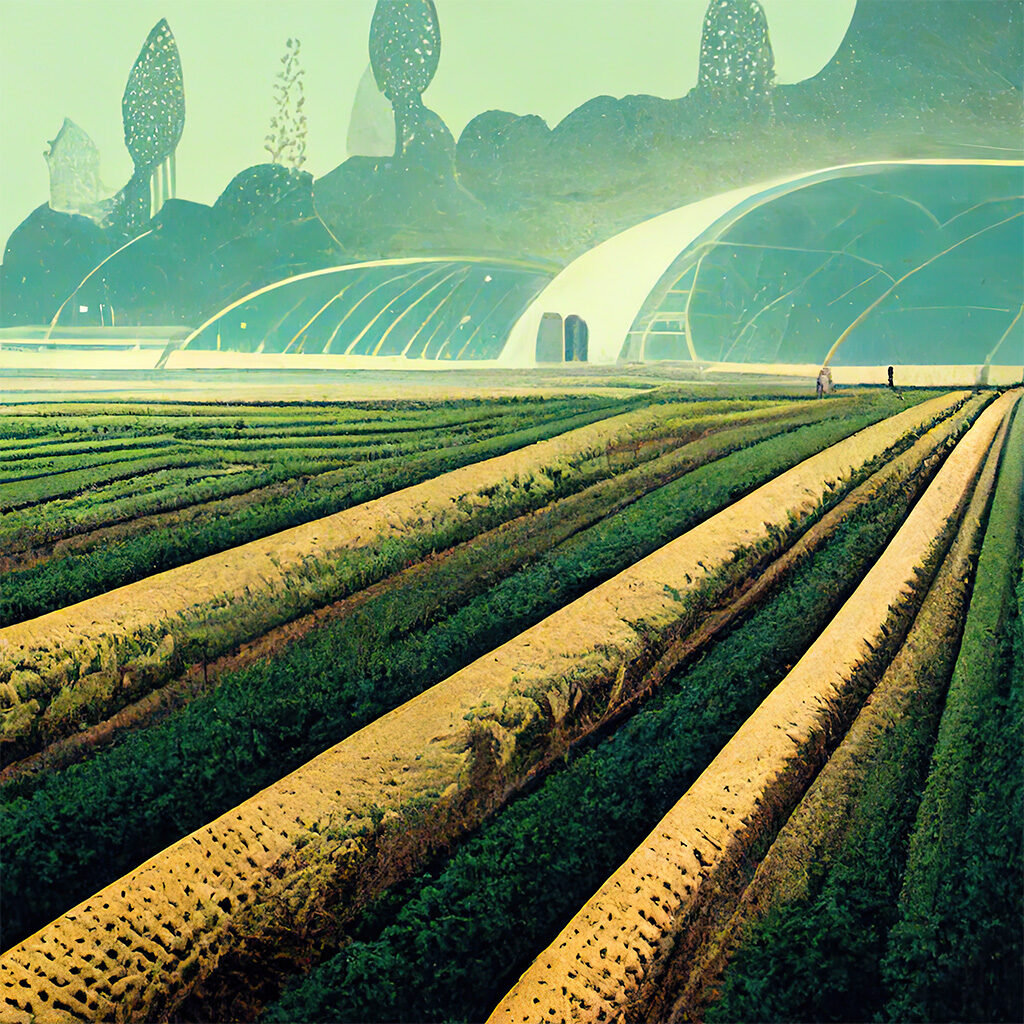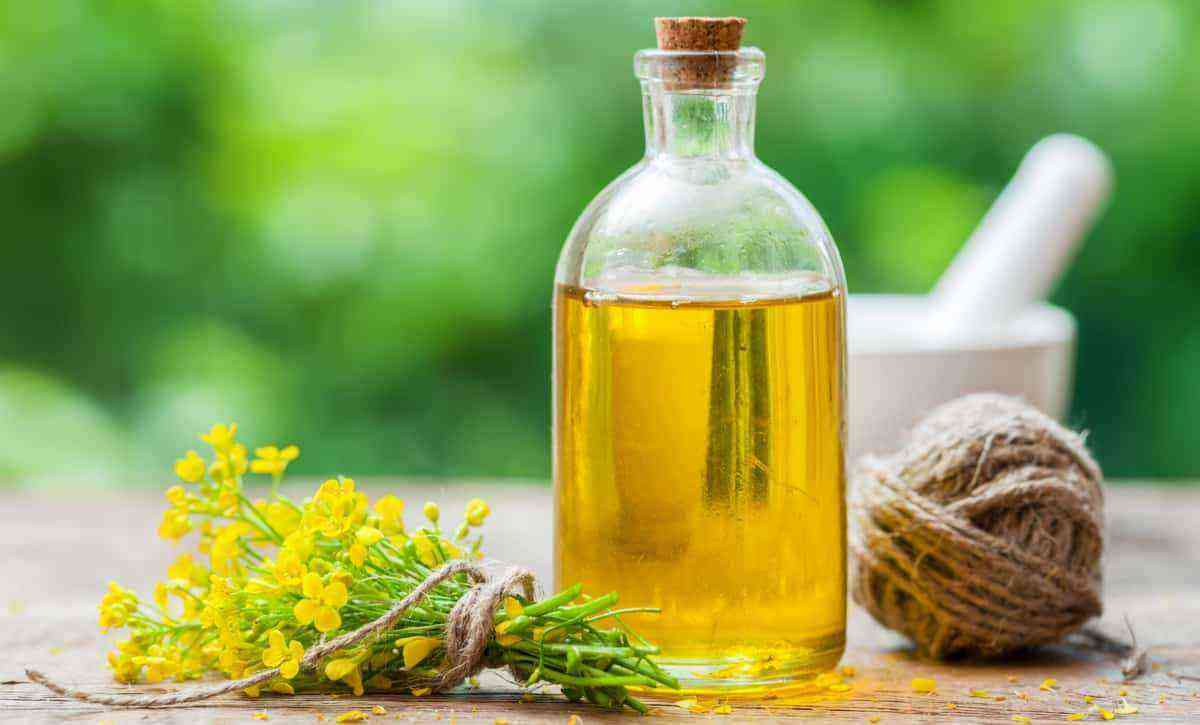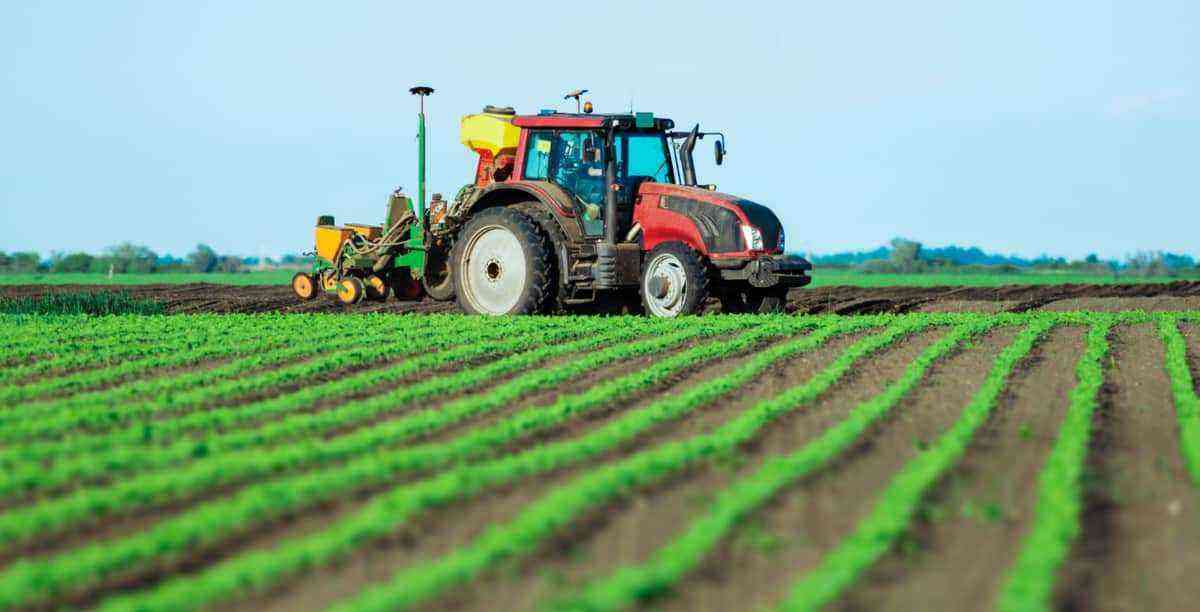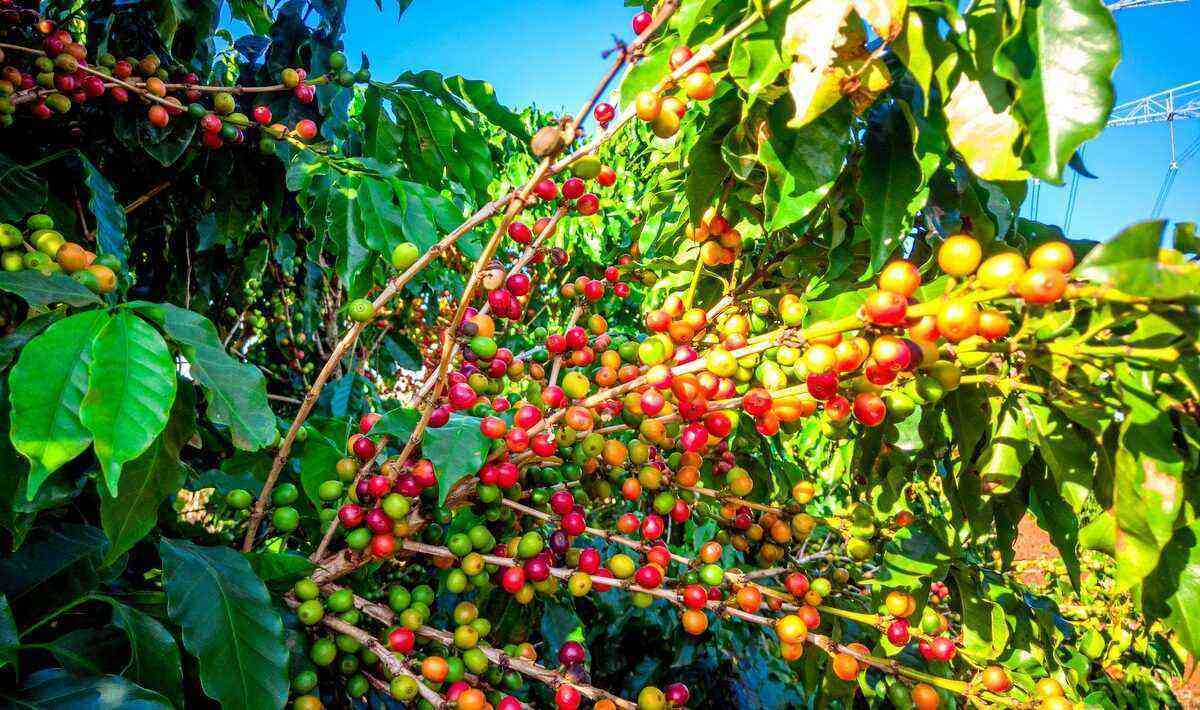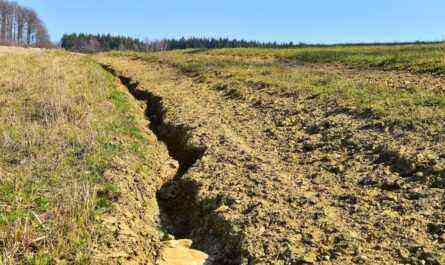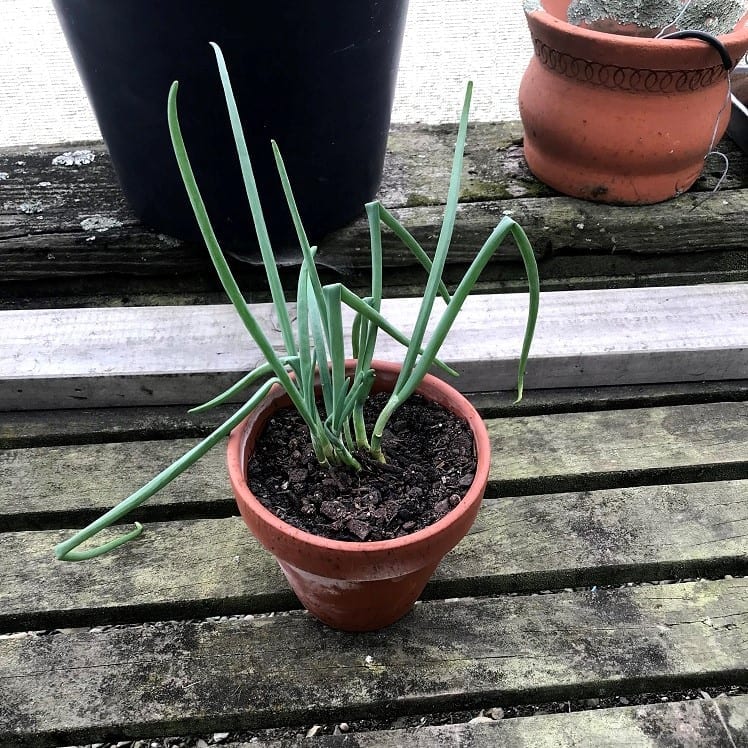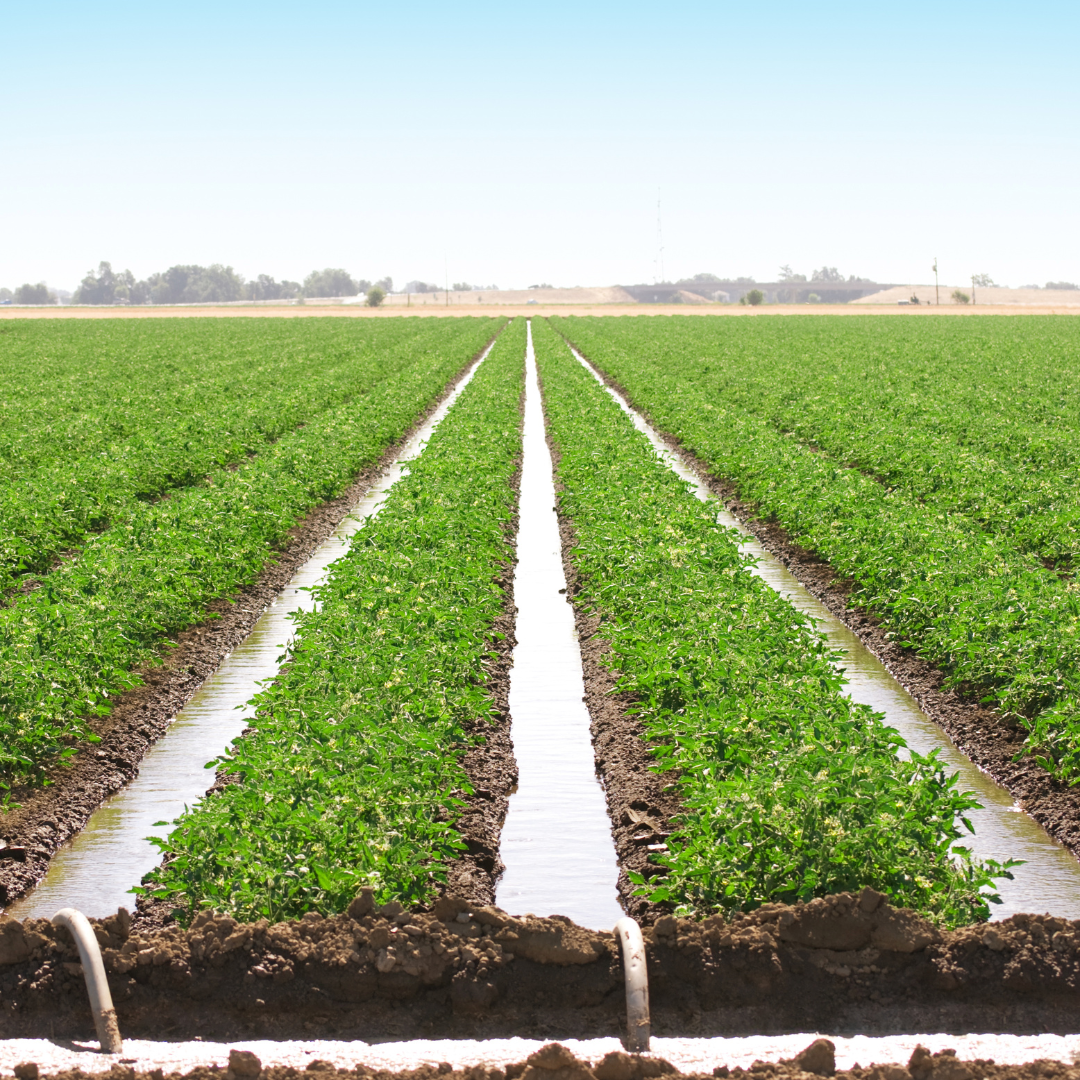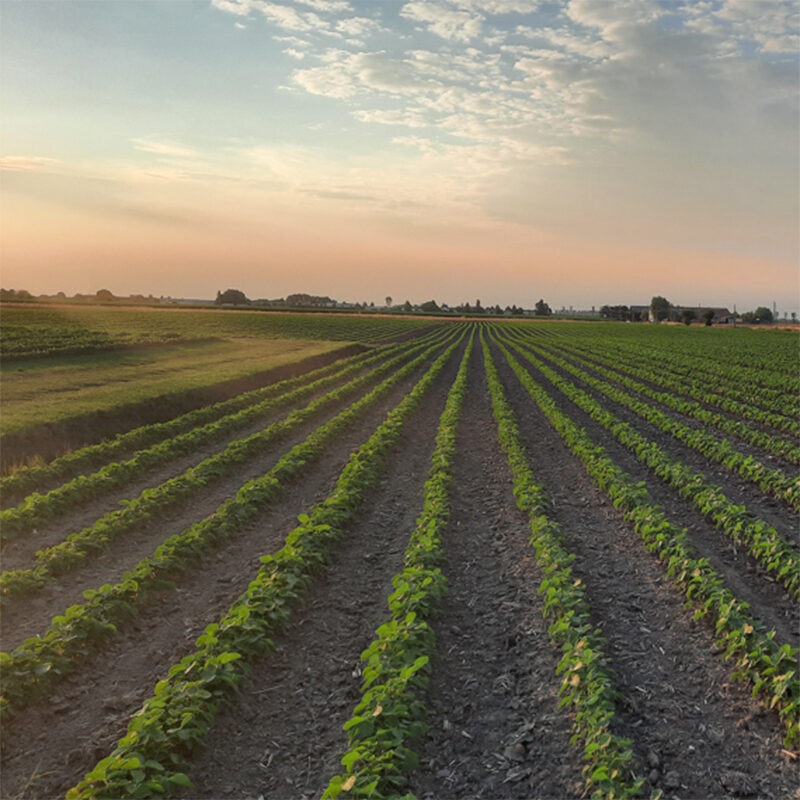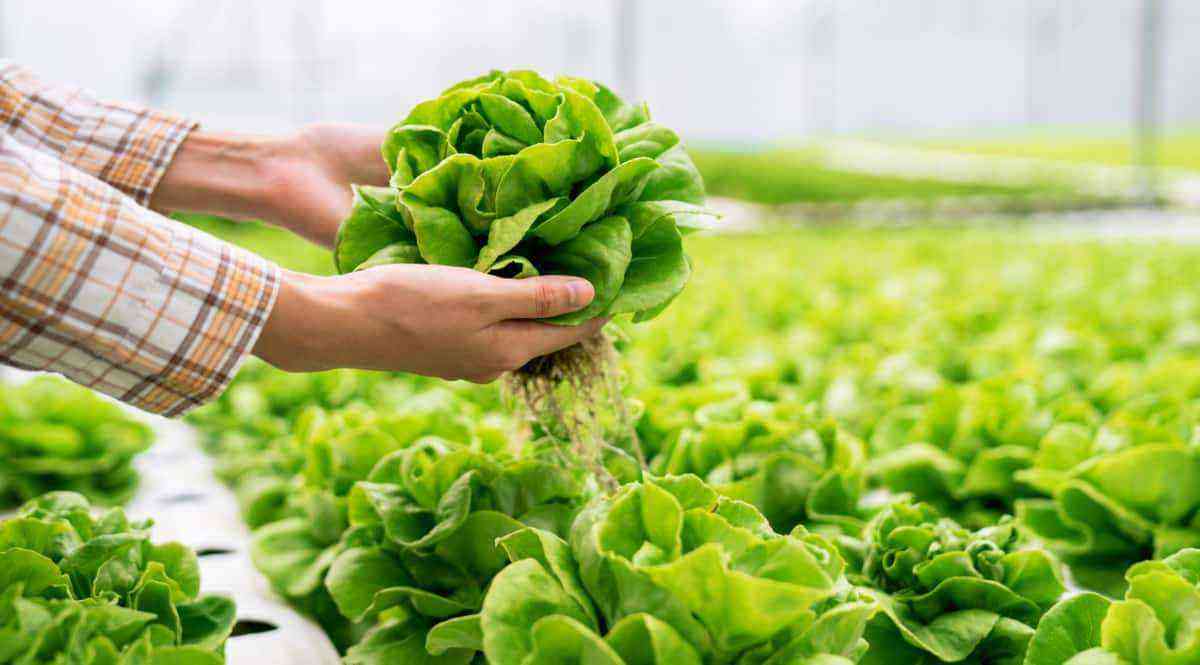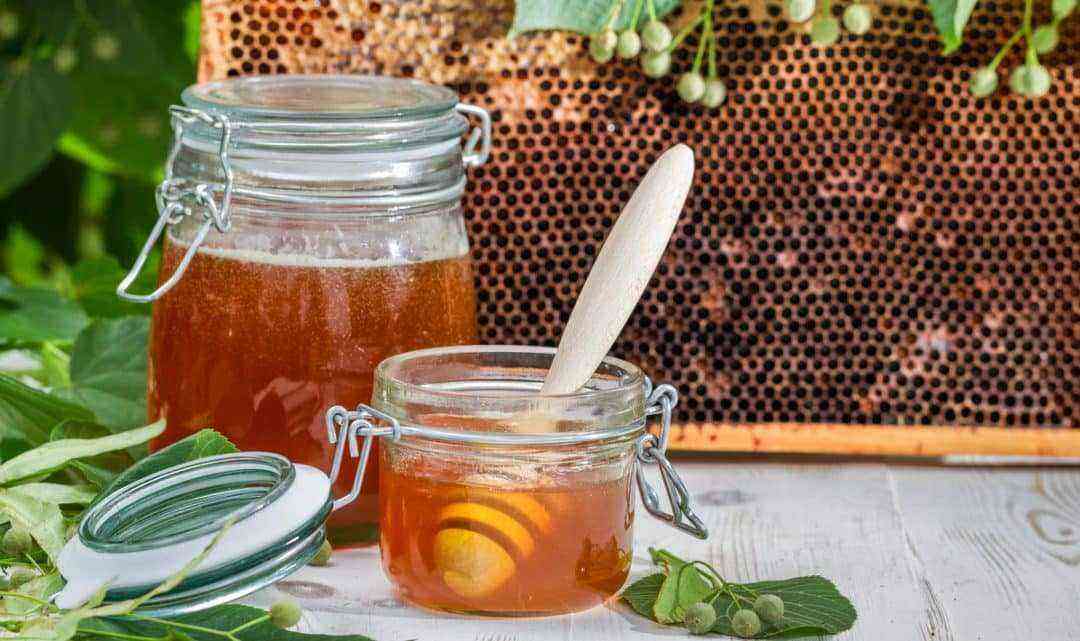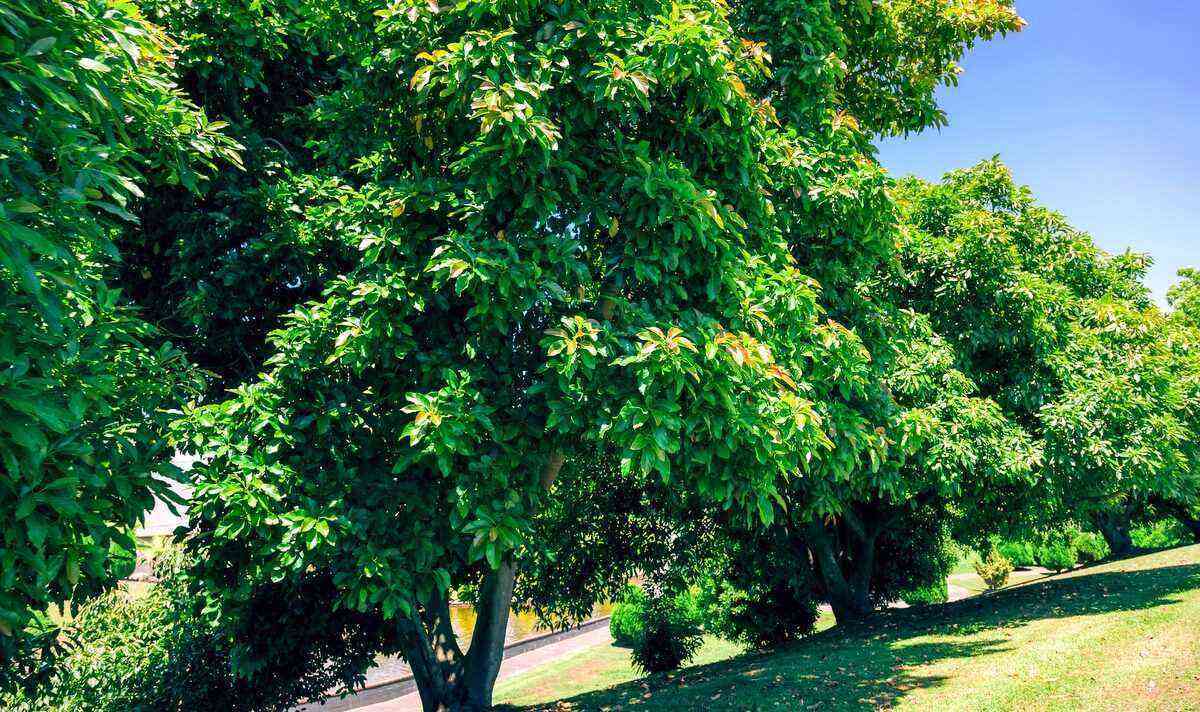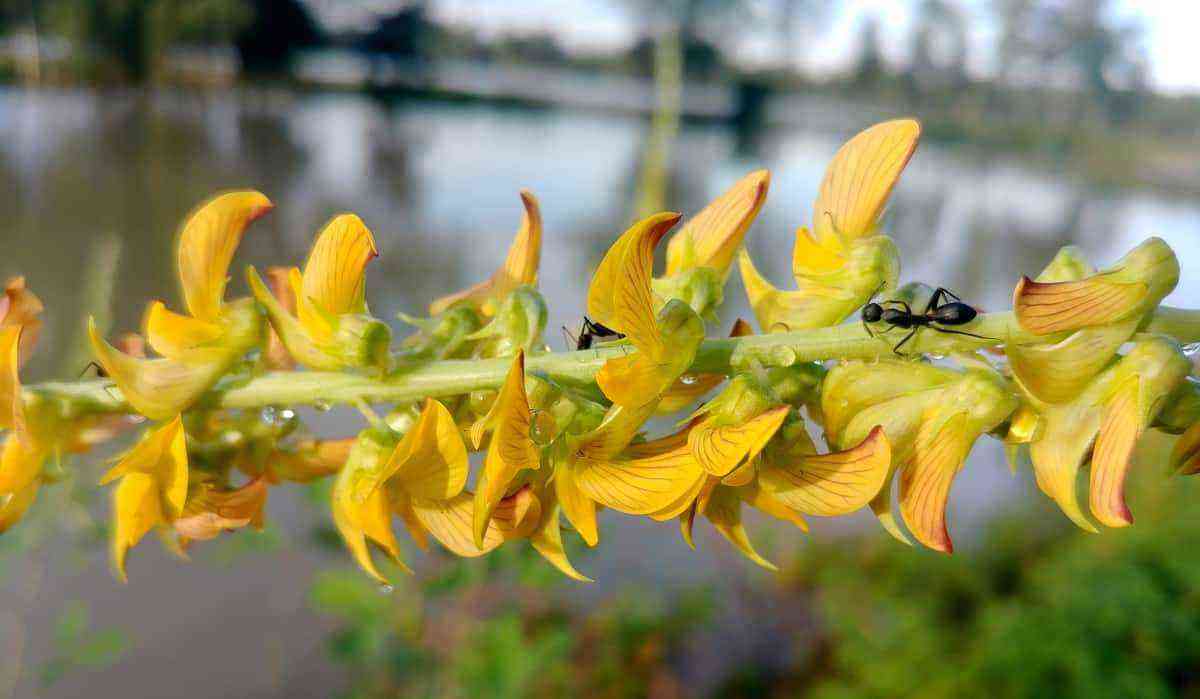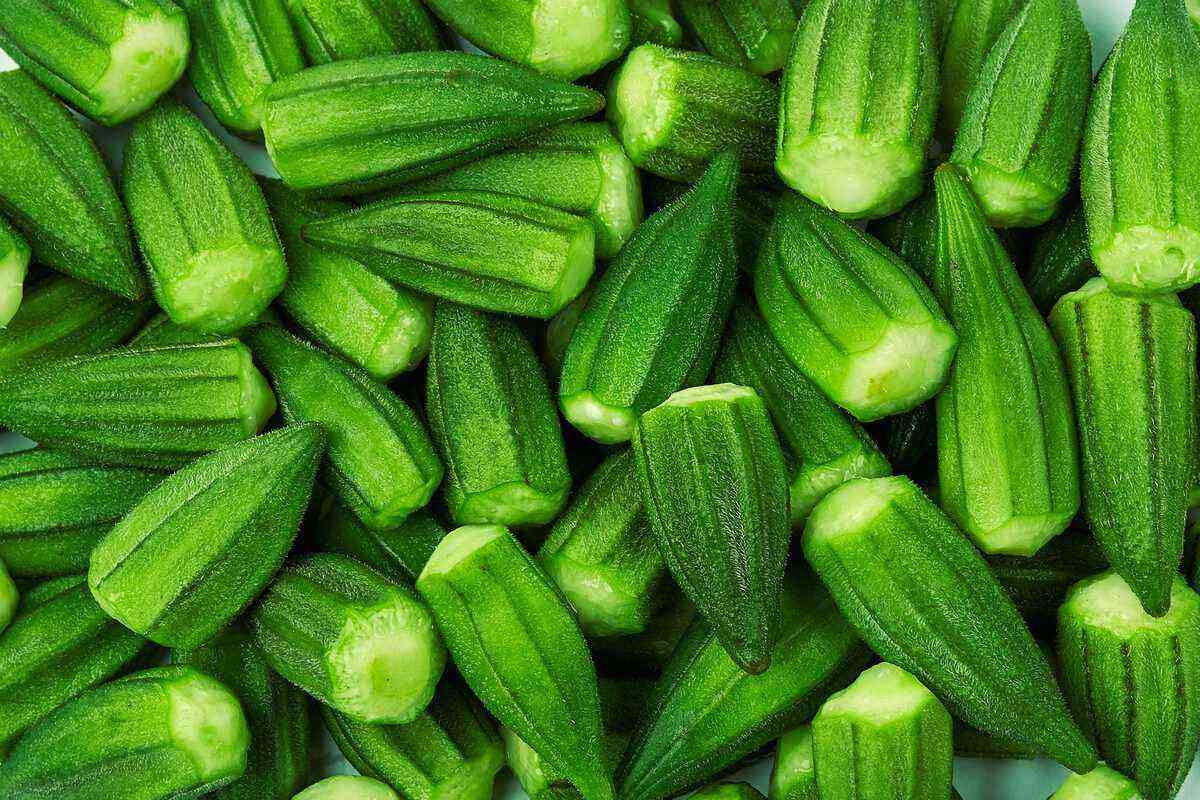Basil is one of the most used aromatic herbs in cooking. Mainly present in recipes of Italian origin, it is an almost mandatory ingredient in tomato-based sauces.
It is cultivated in Brazil mainly by small farmers, for the commercialization of its leaves, whether fresh or dried, and also to obtain its essential oil, widely used in the perfume and aroma industry.
In this post we will teach you how to plant basil, both in pots, for home cultivation, and in the soil, for commercial cultivation. Check out!
growing conditions
In general, regardless of where it will be planted, basil has some growing preferences:
- climate: prefers an average temperature between 21 and 25 ºC, does not tolerate cold and frost, and can die below 6 ºC;
- luminosity: at least 6 hours of sunlight a day; or 10-12 hours of artificial lighting;
- soil: medium granulation, pH between 6 and 7, and high fertility;
- irrigation: demanding.
How to plant basil in pots
Growing spices at home is a great way to always have them on hand, with good quality and very fresh. To have a pot of basil in your home, you can plant seeds, buy a seedling or make your own seedling from a stake (branch). Write down what you will need:
- medium pot (about 20 to 30 cm deep);
- expanded clay, gravel, or bidim blanket;
- sand;
- terra vegetal adubada;
- tree bark;
- seeds, seedlings or cuttings.
If you choose to plant from a stake, it is important to check that the original plant is healthy. Then, you will cut a new branch, about 10 to 15 cm, and put it in a glass of water, to take root. When your seedling has roots, it’s time to plant it in the pot.
With the seeds or the rooted seedling in hand, let’s get down to business:
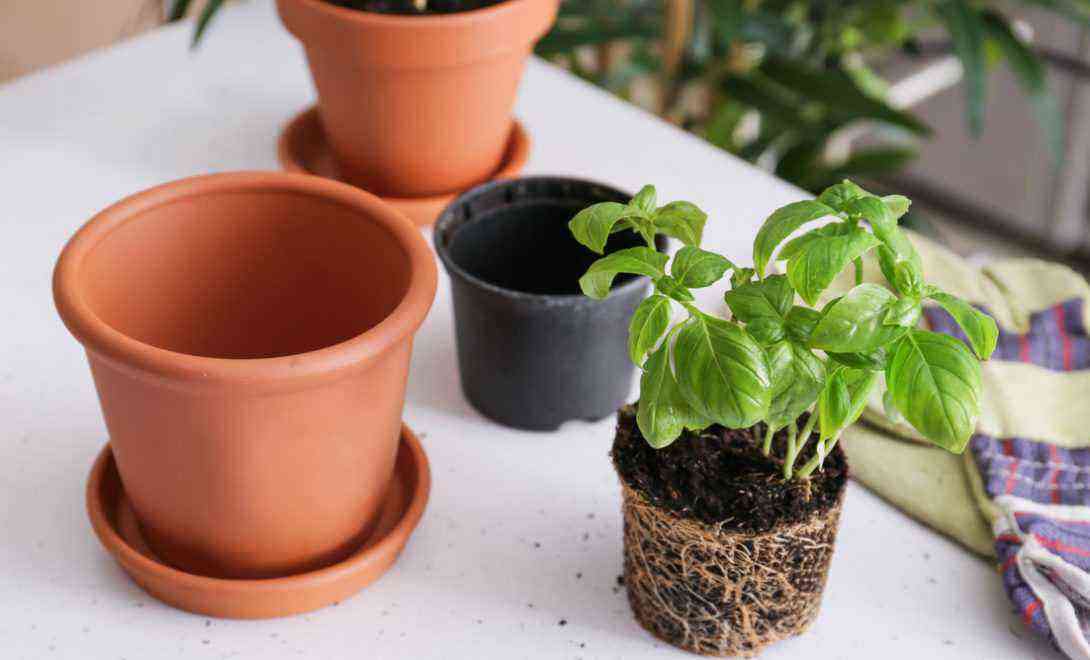
- First, make sure the pot has holes underneath to drain excess water. This is very important because if the water has nowhere to run, the soil will be very wet and the roots will rot;
- at the bottom of the pot, add a layer of expanded clay, gravel or the bidim blanket. The intention here is to make it difficult to lose land through the holes;
- add sand to cover the gravel or expanded clay. If you used the bidim blanket, add about 1 inch of sand;
- now it’s time to add the land. If it’s already fertilized, just fill the pot to about 2 inches from the edge. If not, mix the fertilizer of your choice with the soil and then put it in the vase;
- It’s time to plant! Make a small hole 1 cm deep to put the seeds (it is better to plant more than one to ensure germination, and if they all set later, thin them out);
- if you are planting a seedling, dig an opening in the soil of the size necessary to bury the clod, or to accommodate the roots in the case of the stake;
- add a thin layer of soil on top, cover with tree bark and water!
Ready! Now just take good care of your basil to have this seasoning always within reach to use.
See also: Basil types: see the main ones and their benefits.
Tips to make your basil last longer
Basil is a water-demanding plant, as it loves the sun! It is common for its leaves to wither if the day is hot and it is not watered early. Therefore, give preference to water your plants first thing in the morning, so they will be hydrated to withstand the sun of the day.
Another tip is to always do the finger test: place your finger in the soil and feel if it is dry or wet. If it’s wet enough to release water when squeezed between your fingers, it doesn’t need to be watered.
In addition, it is important to always carry out cover fertilization, so that the plant continues to produce new branches and leaves. They can be made once a month, adding NPK or an organic fertilizer of your choice to the surface of the soil, then watering.
And last but not least: cut off the flower bud as soon as it starts to form. I know, the basil flower is beautiful, but in order for it to develop, the plant directs its energy to it, and this causes the leaves to lose aroma and flavor. Also, after flowering, basil tends to die.
So the best thing you can do to preserve the flavor of the leaves and for your basil to last longer is to stop it from blooming. However, the flowers are super aromatic and tasty and can also be used in cooking. So if your basil ends up blooming, enjoy the flowers, and then plant a new seedling!
How to plant basil in soil
As with any crop, the first step is to carry out a soil analysis in the area where the planting will be carried out. Correction and fertilization should be done according to the results.
Planting can be via seeds, directly in the area, or using seedlings obtained from a nursery. The seedlings are formed from seeds or cuttings of mother plants, which must be healthy and have good vigor. Propagation can be done in trays or tubes. When the seedlings are about 15 cm, they can be transplanted into the field.
The spacing varies according to the cropping system. In small areas, 40 cm between plants and 60 cm between rows is used. On the other hand, in large areas, where agricultural machinery is used, larger spacings are needed to suit the traffic of the machines.

Basil is demanding in irrigation and fertilization, especially when it undergoes several harvests. Therefore, top dressing should always be applied.
After about 3 months of planting, the first cut can be made, at a height of approximately 40 cm, so that the plant is able to recover and produce new branches and leaves. From that point on, cuts can be made every 60 days or when the plants are well branched.
This interval between cuts can vary according to the speed of growth of the plant. In winter, for example, growth is drastically reduced.
Be careful not to make excessive cuts in your plantation, as the plant needs a minimum size to continue being productive. Otherwise, there may be a high mortality rate.
As for productivity, on average, it is around 1,5 ton of dry leaves per hectare, annually. However, this number can reach up to 10 times more.
So, did you learn how to plant and care for basil? If you want to expand your garden, also check out our post on how to plant cilantro.
